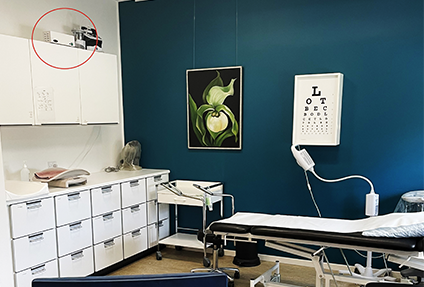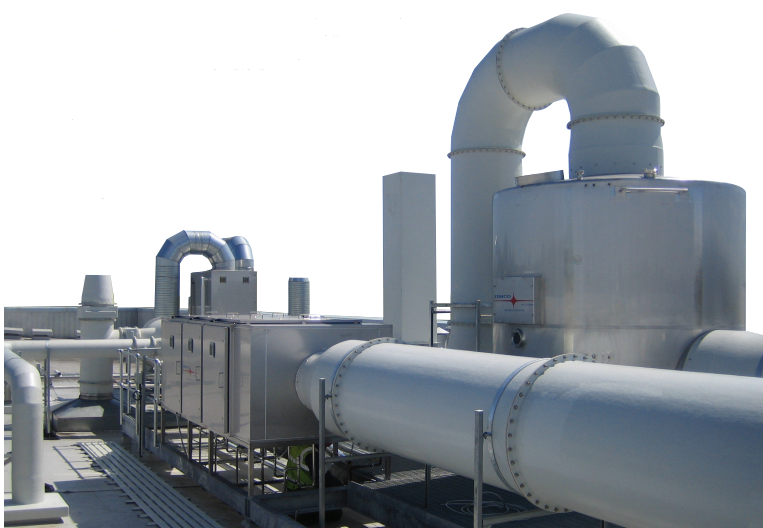News
Air pollution
Copenhagen’s New Bicycle Bridge


4 July 2014
The soft, orange tarmac and curvy bends of the 190 m long bicycle bridge was well received by the approximately 12,000 cyclists in their daily commute between Copenhagen’s Islands Brygge neighborhoods and the down-town Vesterbro district.
Previously, cyclists transiting this area were left no other option than getting off their bike and carrying it up a flight of stairs before they could continue on their route. The new, elevated bicycle track not only provides a quick route through the area, it also provides a novel experience of biking on water in first floor height – encouraging more cycling through easier infrastructure for the more than 650,000 bikes in Copenhagen.
Designed by architecture company DISSING+WEITLING and engineered by Ramboll, the steel structure of the curved bridge covers 190 meters and rises 6-7 meters above the water. Furthermore, a 30 meter ramp serves a dual purpose by acting as a unique canopy over the underlying wharf in addition to serving its main purpose. Total cost for the bridge was approximately EUR 4.3 million and connecting routes are Bryggebroen/Havneholmen with Kalvebod Brygge/Dybbølsbro.
Creating the world’s best city for bikes by 2015
The Bicycle Snake is another importantly step towards increased city space for bikes, in line with Copenhagen’s goal to become the world’s best bicycle city before the end of 2015.
Copenhagen’s ambitious goal for 2015 is that 50% of all who work in Copenhagen commute by bike. Copenhagen’s bicycle strategy contains the initiatives and plans, which pave for this goal, by providing the way for long-term guidelines and overriding priorities within the bicycle area. The initiatives and plans are intended to help Copenhagen reach the goal to become the world’s best city for bikes.
Copenhagen’s plan to achieve a greater modal share for bicycles includes increasing the capacity of the cycle tracks to the city centre in order to accommodate an additional 60,000 cyclists by 2025.
- Related news: New York Times impressed by Danish bicycle super highway
The bike strategy plays a pivotal role in sparing the environment for CO2 emissions and is a vital part of Copenhagen’s ambition to become the first carbon neutral capital in the world by 2025.
Implemented initiatives also include a new city bike, the Cycle Super Highways and Green Cycle Routes.
Source: DISSING+WEITLING / City of Copenhagen
For more news, visit our Newsroom
You should consider reading
Air pollution















